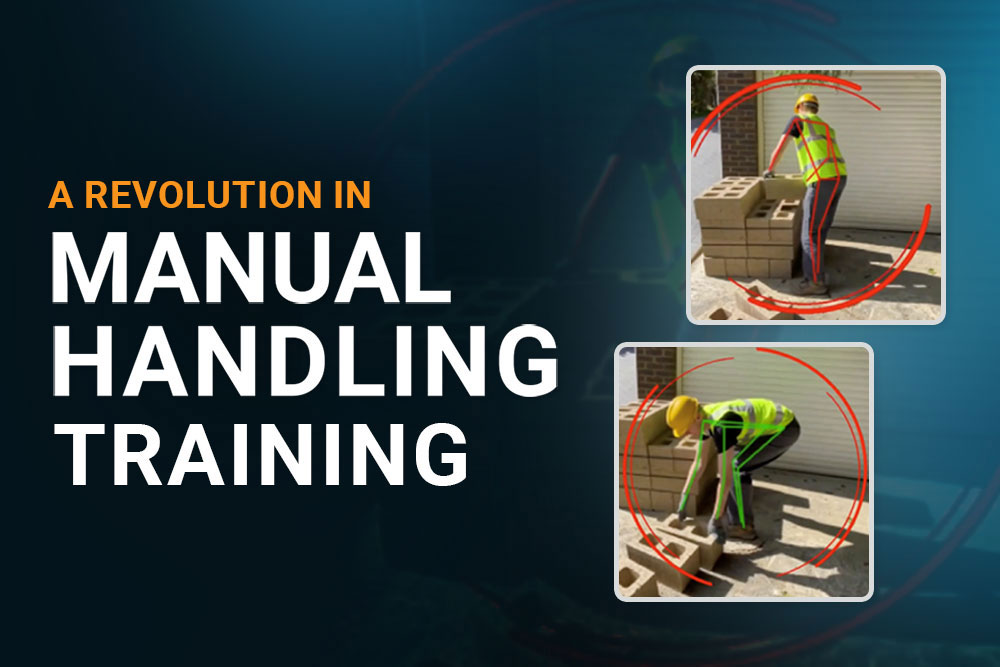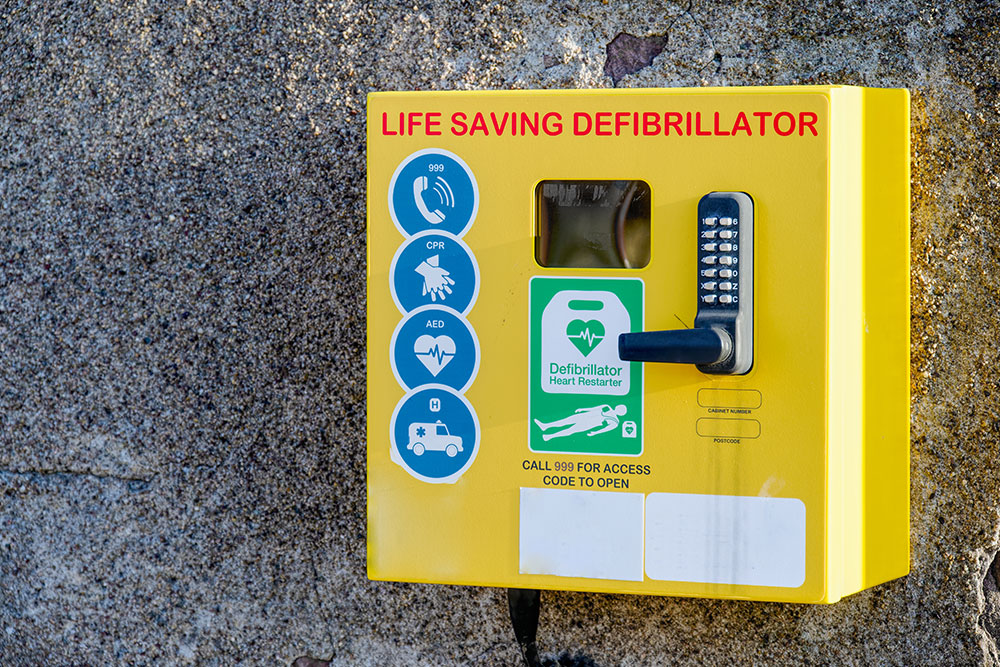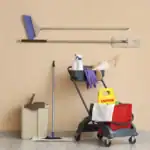
Toolbox talks are short, focused sessions that keep safety top of mind.
A good toolbox talk gets to the point and reminds workers about key risks and control measures before they undertake a task.
If you’re responsible for these briefings, this guide explains how to write a toolbox talk that works.
Key Takeaways: How to Write A Toolbox Talk
- Keep the talk short, focused and practical.
- Write clearly: start with the hazard, explain the risk and share safe steps.
- Deliver the talk in a way that suits your team: on-site, printed or online.
- Encourage workers to speak and share input.
- Keep a record of the talk, including date, topic and who attended.
What is a Toolbox Talk?
A toolbox talk is a short, focused safety meeting held on-site, typically at the start of a shift or shortly before a high-risk task. These talks are designed to raise awareness of specific hazards, reinforce safe work practices and encourage communication between workers and supervisors.
Also known as safety briefings or pre-task briefings, toolbox talks usually last between 5 and 10 minutes. They’re informal but purposeful. You shouldn’t treat them like a tick-box exercise.
Toolbox talks for the construction industry are especially important, as daily tasks often involve high-risk activities, changing environments and multiple contractors on site. But these talks aren’t limited to construction. They add value in any sector where health and safety risks are present, including logistics, manufacturing and maintenance.
The goal is always the same: to prevent accidents by putting safety front of mind right before work begins.
Health and Safety Courses
Our health and safety courses support legal compliance and effective risk management. They raise awareness of common workplace hazards and teach the fundamentals of safe working.
Why Are Toolbox Talks Important?
A successful toolbox talk helps keep safety in focus. Even experienced workers forget rules or take shortcuts. A brief talk before work starts reminds everyone of the risks and what they need to do to avoid harm.
They’re also helpful for you. If something is unsafe, workers can bring it to your attention during the talk. This improves on-site communication and reduces the risk of accidents.
How Often Should Safety Toolbox Talks Be Done?
Toolbox talks should be done regularly. Many sites do them every day before work starts. Others do them weekly or before high-risk tasks.
The best time is before the job begins. If the work changes or there’s a new risk, do another talk.
Short, regular talks work better than long, infrequent ones.
Who Can Give Toolbox Talks?
Anyone who has a good understanding of the task and the associated safety risks can do it. Supervisors, site managers, health and safety officers and team leaders are usually the ones to give toolbox talks.

How to Write A Toolbox Talk
1. Pick One Clear Topic
Your toolbox talk needs to match your site and the work your team does. If it doesn’t apply to your workplace, people won’t take it seriously.
Start by looking at what’s going on around you. Are there common problems or recent injuries? Talk to workers, supervisors and managers to see what issues they’re noticing. If something keeps coming up, that’s a good topic for your next toolbox talk.
The whole point of a toolbox talk is to remind your team about health and safety. The information should be easy to remember and apply. When you choose the right topic, your team can put it into practice right after the talk.
2. Research the Subject
Make sure your knowledge about the topic you’ve chosen is up to date. You can find current guidance on the Health and Safety Executive website.
Focus on the most relevant points. Keep it short and clear. Your talk should cover the key details but not take too long. It’s meant to be quick and useful.
3. Write the Talk
Once you’ve chosen your topic and found the information you need, it’s time to start the writing process. Now that you’ve done the prep work, this part should be easier.
- Begin by clearly stating the hazard. Make sure everyone understands the risk right from the start. Be direct and specific, don’t wait to bring up the issue.
- Stay away from general warnings. Focus on one clear hazard that fits the job or site conditions.
- Explain what can happen if the risks aren’t taken seriously. This helps workers understand the seriousness of the issue.
- Use plain language to describe what might go wrong. Keep the explanation clear and to the point. The aim is to make the risk feel real and relevant.
- Once you’ve discussed the risks, explain how to avoid them. Clearly list the steps workers should take.
The talk should be easy to follow. If you find yourself running over 10 minutes or struggling to explain the safe procedure, the topic probably isn’t suitable for a toolbox talk.
4. Delivery
Now that your talk is ready, decide the best way to deliver it. You can hold a short meeting, show it on a screen or hand out printed copies.
If your team is large or hard to gather in one place, you can also do digital toolbox talks. Choose the method that works best for your team.
5. Involve the Team
After speaking, listen to your workers. Toolbox talks should be a two-way communication process.
Ask open questions and encourage your audience to respond. This is a great way to increase engagement and gives your team a chance to share ideas or raise concerns.
6. Keep A Record
After giving the talk, make sure you keep a record. Note the date, topic and names of everyone who attended. This helps you track what’s been covered and shows that safety is being taken seriously.
Keeping records also helps if there’s an inspection or incident. Regular toolbox talks are proof that you’ve taken steps to communicate risks and keep workers safe.
How Can Training Help?
Writing and delivering toolbox talks is a good way to keep safety in focus, but it’s just one part of a strong safety programme. If you want to build deeper knowledge across your team, you also need structured training.
Explore our full health and safety training courses to support your team. These courses cover key topics like manual handling, construction safety, fire safety, working at height and more. Every course will help you reduce risks on-site and meet training requirements.
Give your team the knowledge to work safely – explore our course library today.




















